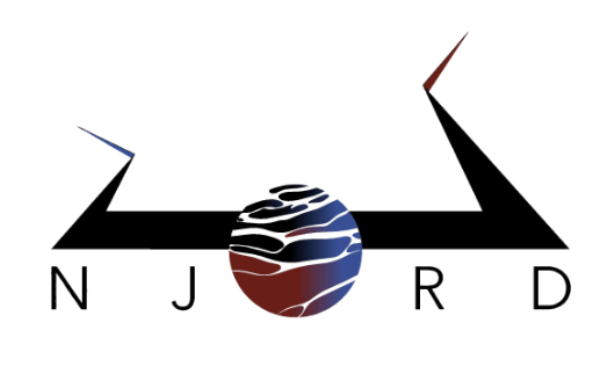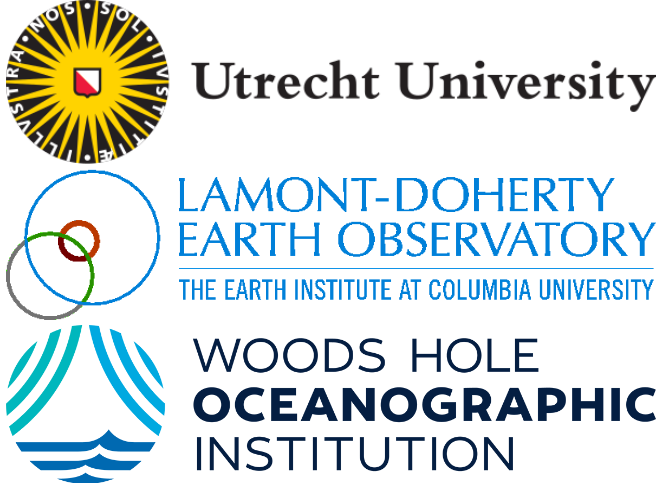About the project
A link between seismicity and peridotite alteration at mid-ocean ridges has been hypothesized (Grevemeyer et al., 2013; Horning et al., 2018), and there is ample evidence that earthquakes caused by tectonic stress or thermal contraction may allow fluid percolation into peridotite to trigger serpentinization (Roumejon and Cannat, 2014; Aupart et al., 2021). However, a definitive observation of reaction-driven seismicity associated with the volume changes involved in serpentinization has never been made. Furthermore, the in-situ rate of this cracking process is poorly constrained. Estimating this rate will require an interdisciplinary approach including seismology, geology, petrology, and physics. One of the primary goals of the Oman Drilling Project’s Multi-Borehole Observatory has been to constrain the extent to which reaction driven cracking enables peridotite alteration.
The peridotites collected during the Oman Drilling Project have experienced serpentinization at several different stages, from the initial oceanic alteration (Aupart et al., 2021) to the still ongoing near-surface hydration and carbonation. We will describe two aspects of the system: 1) the Active Serpentinization System, and 2) The Geological Record. The Active Serpentinization system represents the ongoing time-evolution (hours, days, weeks) of peridotite alteration in Oman. The Geological Record represents the changes that have occurred over geological timescales (up to millions of years) to arrive at the current state of the Oman peridotites.
The overarching goal of this project is to produce an ensemble of machine learning models that both explains and constrains the natural serpentinization rate of peridotite in Oman. Machine learning is used across this project to detect events in waveform data, analyse X-ray computing tomography scans of rock cores, and to combine the large body of data to estimate serpentinization rates. Machine learning will accelerate our understanding of reaction driving cracking and provide us with a strong quantitative link between the geological record of serpentinization processes and the active serpentinization processes in Oman.
Objectives
This project aims to answer the following three research questions (RQ):
RQ1: How can we use microearthquakes and borehole degassing data to constrain the rate and mechanism of active serpentinization of the Oman peridotite?
RQ2: How can fracture networks present in the geological record be used to constrain fluid flow and serpentinization rates in the ultramafic formation surrounding the boreholes?
RQ3: How can we produce an integrated model of serpentinization through time and space by combining degassing events, microseismicity, borehole fluid level changes, and geological observations?
Background
- Aiken, J. M., Sohn, R. A., Renard, F., Matter, J., Kelemen, P., & Jamtveit, B. (2022). Gas migration episodes observed during peridotite alteration in the Samail ophiolite, Oman. Geophysical Research Letters, 49, e2022GL100395. https://doi.org/10.1029/2022GL100395
Financing
The Research Council of Norway (project GoT)
Official website
Cooperation
- The Njord Centre, University of Oslo, Norway
- Expert Analytics, Oslo, Norway
- Woods Hole Oceanographic Institution
- Lamont-Doherty Earth Observatory
- Utrecht University

